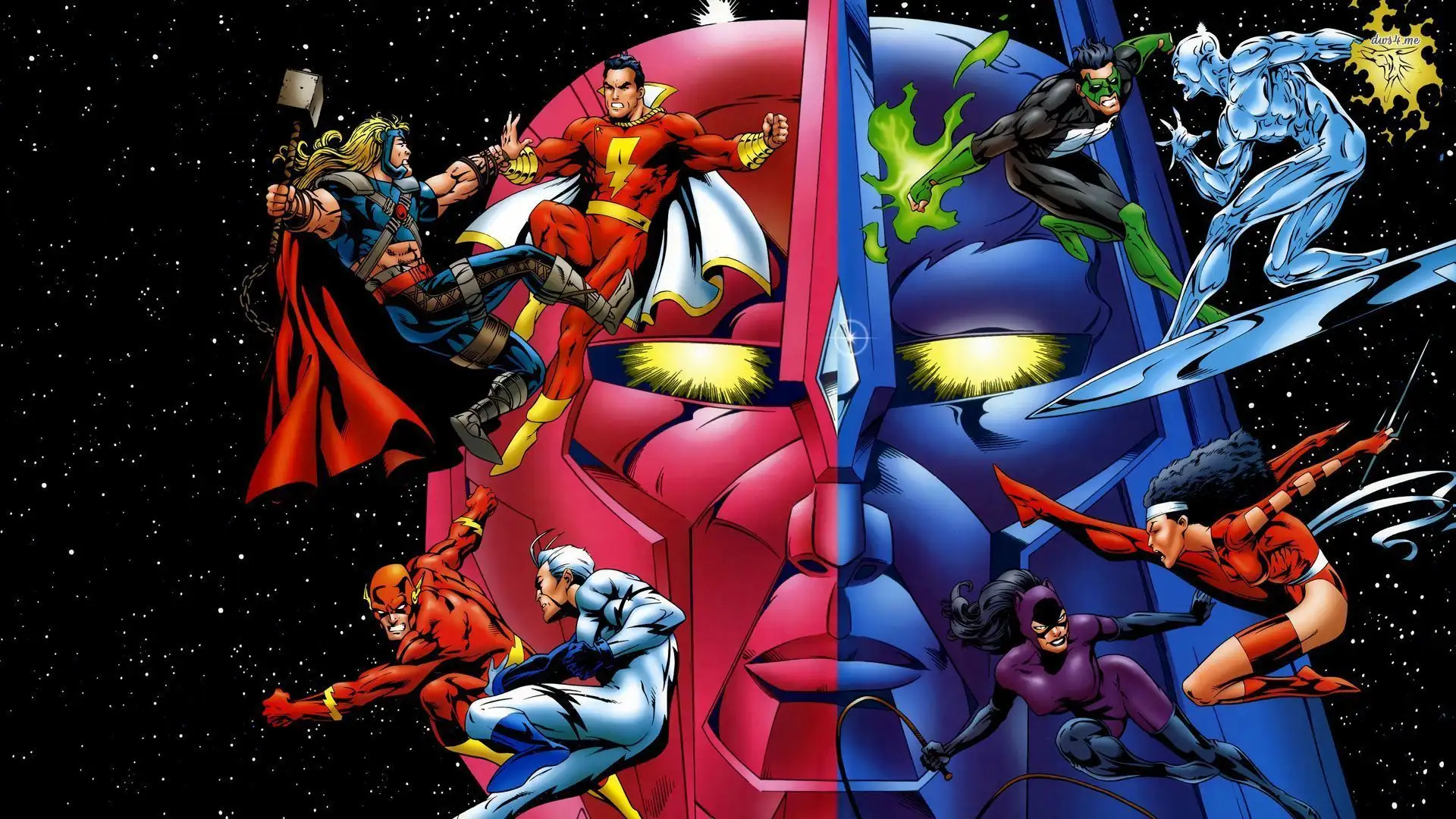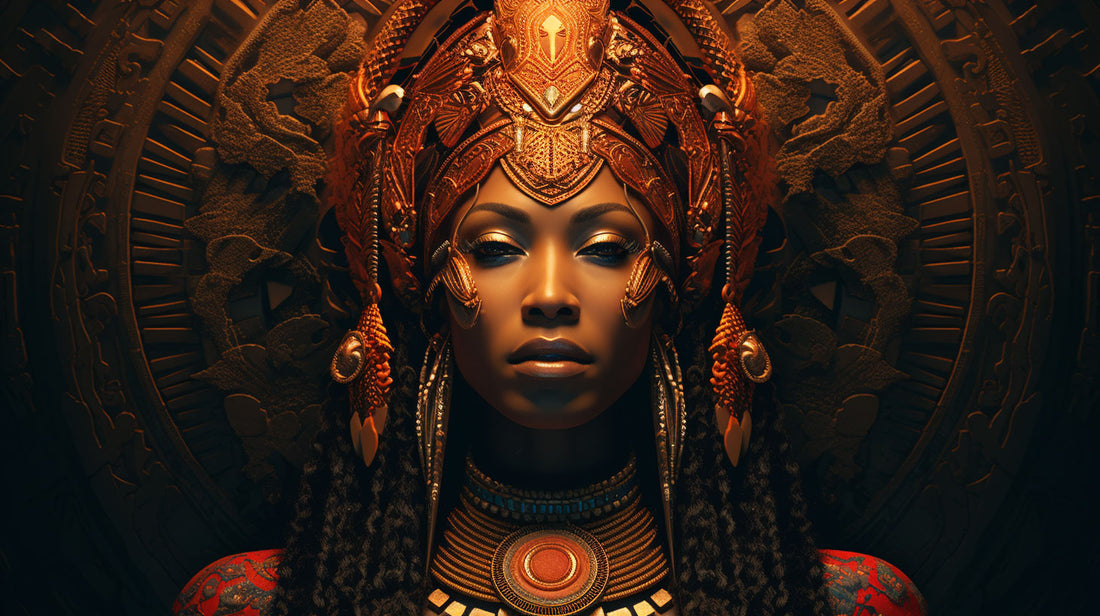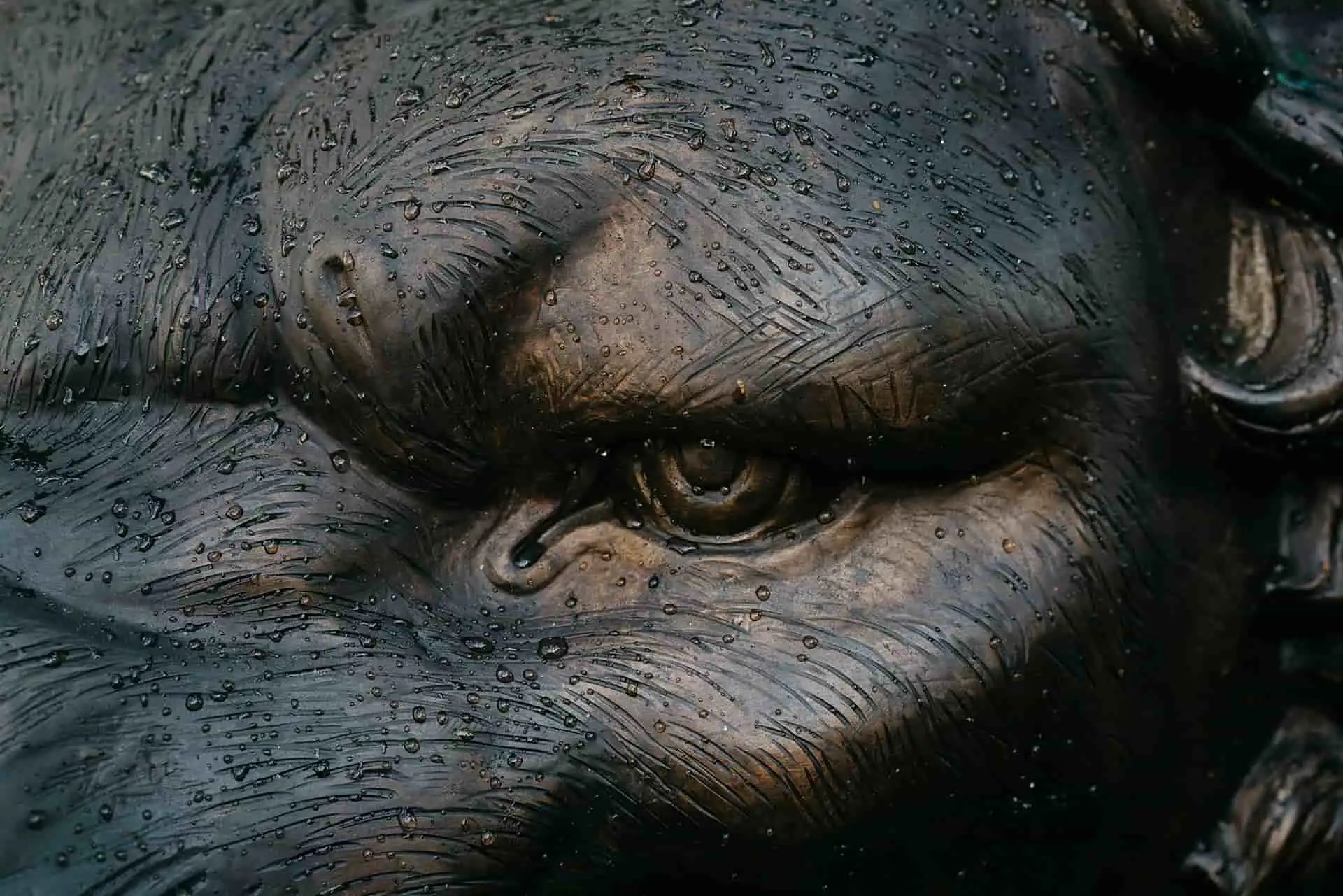
The Eternal Debate: DC vs. Marvel
DC is great at making comics and animated movies, while the MCU has the upper hand in its cinematic aspects
Essays, Fantasy, Opinions
Fantasy is everything that lies in the realm of the fantastic. And, the more deviant from reality it is, the better.

What comes to mind when the word “fantasy” is mentioned? To some, Fantasy brings to mind gruff dwarves, lithe elves, and other fey creatures. To others, Fantasy is reminiscent of grueling war campaigns, cannibal jungle tribes, and lengthy battle sequences. All of these ascriptions are correct. Fantasy, after all, is everything that lies in the realm of the fantastic. As far as your brain can cook it up, it belongs. The more far-fetched it is, the more original. And, the more deviant from reality it is, the better.
Despite the many descriptions, fantasy fiction is more systematic nowadays than imagined. There is a form to the chaos and various categories for each shade of sanity and madness. This means there are several subgenres in the fantasy genre, all with distinct tropes and characteristics.
However, plenty of confusion remains about what the fantasy genre truly encompasses and what does or doesn’t pass as Fantasy. This article will attempt to clarify things and provide comprehensive knowledge of what fantasy fiction truly is.
As its many adherents can tell you, the fantasy genre is pretty distinct. However, it sometimes overlaps with other genres, with science fiction being the most common occurrence.
Fantasy’s distinguishing feature is its use of magic or various supernatural elements as a major plot feature. Although several additional themes allow for sub-gradations and subcategories of the genre, magic and the supernatural remain the primary hallmarks of Fantasy.

Science Fiction, on the other hand, relies heavily on themes of science and technology in mostly futuristic but sometimes contemporary settings. As you may have seen in works such as City of Miracles by Robert Jackson Bennett, it is quite possible for science and magic to overlap. This, among other reasons, is one of the reasons why the tag SFF is regularly used in the literary industry as a way of lumping both genres together.
With so many overlaps and points where both genres meld to the extent that simply describing them as Fantasy Fiction or Science Fiction does not suffice, it is common to describe them as Speculative Fiction jointly. Speculative Fiction encompasses SFF and covers various other imaginative stories of the futuristic, historical, magical, and supernatural.
Although we broadly describe Fantasy as inclusive of magical and supernatural themes, our explanation is incomplete. No definition of Fantasy can be complete without emphasis on the many equally distinct subgenres.
Classifying all Fantasy works as the same is akin to saying that all of Africa is the same. Harry Potter’s wand magic is quite different from Mistborn’s Allomancy. Similarly, the Tuaregs of North Africa are vastly different from the Yoruba of West Africa, even if many often make the error of lumping many tribes and cultures under the Africa umbrella.
You should note that the fantasy genre constantly evolves, so our list may not include all the subgenres you know. However, you can be sure that the major subcategories will be highlighted. They include the following:
Epic Fantasy refers to works set in an entirely imaginary or parallel world. It is often considered the same as High Fantasy, as there are many similarities. However, Epic Fantasy is precisely what the name implies- epic. The stories are vast, with several hundred pages devoted to plot buildup before the eventual climax.

Epic Fantasy is characterized by extremely lengthy stories, multiple subplots, and several characters. It regularly spans several books, ranging from trilogies to seven, eight, or even fourteen books. The setting tends to be historical, with Medieval Europe, in particular, forming the basis for developing the parallel worlds.
Examples of popular Epic Fantasy works include A Crown of Swords by Robert Jordan, Oathbringer by Brandon Sanderson, and The Mad Ship by Robin Hobb.
As mentioned, High Fantasy contains many elements of Epic Fantasy, including a secondary world and highly defined magic. Works of High Fantasy feature well-crafted parallel universes that feature otherworldly beings such as dwarves, elves, fae, and other creatures. Another distinguishing aspect of the genre is that the worlds are internally consistent but have rules that differ in certain ways from those of the primary world.

High Fantasy derives inspiration from Tolkien’s works, whose Lord of the Rings trilogy is perhaps the finest example of the genre yet.
As you may have observed, the overlap between High and Epic Fantasy is so pronounced that it’s hard to see if there’s any real difference. So don’t be surprised to see these two genres mentioned interchangeably.
If High Fantasy is set in a secondary world with only a few consistencies with the real world, Low Fantasy does the opposite. In other words, Low Fantasy features magical or secondary world events intruding on an otherwise normal primary world.

Low Fantasy is quite broad in scope, as many works are written similarly but also draw on vastly different themes. For instance, the world of Harry Potter is clearly a real world, with secondary magical events intruding on everyday world occurrences. On the other hand, Joe Abercrombie’s works, such as The Trouble With Peace, are similarly structured but have a completely different medieval setting. This further emphasizes just how many overlaps can occur within the many subgenres of Fantasy.
Urban fantasy is the precise point at which fantasy and science fiction meet on the SFF spectrum. This fantasy genre uses supernatural or magic elements within the backdrop of a 19th-century to 21st-century (or equivalent) urban society. It usually takes place in contemporary times.

Works in the genre may be set in an alternative history or another derivative of the modern world in which the fantastic exists secretly or occurs openly. Here, it is common to see magic and supernatural beings living in the contemporary world, with the predominant plot premise being how these human-paranormal relationships bring various developments to the real world.
Works such as Ebony Gate by Julia Vee, Clean Sweep by Ilona Andrews, Angel’s Blood by Nalini Singh, and Cry Wolf by Patricia Briggs are good examples of Urban Fantasy.
Grimdark is a subgenre of Fantasy with a setting, style, and tone that are particularly amoral and violent. The characters are as real as can be and possess a distinct moral greyness that makes them different from their counterparts in typical good versus evil High/Epic Fantasy.

The term Grimdark is inspired by the tagline of the tabletop strategy game Warhammer 40,000: “In the grim darkness of the far future, there is only war.” Today, the genre’s stock is fast-rising in Fantasy, especially among readers growing tired of traditional fantasy’s heroic themes.
Arguably, Joe Abercombie is the most popular author of Grimdark, with works such as The Blade Itself and A Little Hatred among the most beloved in the subgenre. Other works such as Red Sister (Mark Lawrence), The Black Company (Glen Cook), and Black Stone Heart (Michael R. Fletcher) are also great examples.
Mytho-fantasy is a subgenre of Fantasy that is set in a modern, historical, or secondary/parallel world where various mythologies come to life. The primary basis for Mytho-Fantasy is mythology, whether it be Islamic, African, Greek, Scandinavian, Chinese, or Mesoamerican.
Mytho-fantasy can be written as a retelling of an actual myth. They can also be written as High/Epic Fantasy, with the worlds and magic system heavily or partially based on one or a blend of myths. For instance, Rick Riordan’s Heroes of Olympus series is heavily based on ancient Greek and Roman myths, while S. Chakraborty’s The City of Brass is based on Islamic mythology.

Although Mytho-Fantasy is one of the most popular fantasy subgenres, it is arguably the most controversial. Many readers’ discontent stems from authors misrepresenting various myths, as with some African Mytho-Fantasy books, which I shall refrain from mentioning for diplomatic reasons. In this case, the authors of such books have been accused of writing YA Fantasy masquerading as African Mytho-Fantasy. Whatever the case, it can be said that writers using African myths in their works could do better with research and historical accuracy.
Popular Mytho-Fantasy works across different cultures include The Battle of The Labyrinth by Rick Riordan (Greek Mythology), Blood Scion by Deborah Falaye (Yoruba Mythology), The Red Pyramid by Rick Riordan (Egyptian Mythology), and The Poppy War by R. F. Kuang (Chinese Mythology).
The fantasy subgenres highlighted in this article are not an exhaustive list of fantasy subcategories. However, it can be argued that several other subgenres, including YA Fantasy, Paranormal, and Heroic Fantasy, all fall under one or more of the major subgenres described above.

The truth is that fantasy books rarely fall exclusively under one subcategory. For instance, Steven Erikson’s House of Chains is widely regarded as an Epic Fantasy due to its vast scope. But, its morally grey characters and violent tone make it as much Grimdark as Joe Abercrombie’s works. Similarly, YA Fantasy overlaps with Urban Fantasy and Mytho-Fantasy in various other fantasy books.
Nevertheless, one thing is certain- fantasy fiction will continue to evolve, and readers can look forward to an endless line of brilliant works, regardless of the subgenre.

The Tyrant Overlord. Fantasy buff and avid football fan.

DC is great at making comics and animated movies, while the MCU has the upper hand in its cinematic aspects

Our list rounds up the top 30 cartoon characters that were villains, each one more wonderfully wicked than the last.

Discover the best apps to read books for free in 2025. Access thousands of free e-books and audiobooks on your phone or tablet. ...

There are some outright funny cartoon characters who exist solely to crack you up, loud, hard, and with zero apology.

Things Fall Apart is for the colonizers as well as the colonized, helping to understand the role of colonialism in the realization...

While many of the Nollywood movies on our list are quite old, it’s a testament to the capabilities of the industry’s p...

While this isn’t an exhaustive list, it comprises some of the most popular mythical creatures from around the world.